Ray had thought of his life insurance purely as a protection plan. The anti-avoidance rules and general restriction of tax benefits applicable to most shelters prompted him to take a new look at his life insurance for tax deferral as well.
A type of policy, called Universal Life, separates the cost of insurance and the 'savings' element of your premium. You know how much of it is being invested and how much interest it's earning. Premiums are flexible, so you can choose how much goes into savings, within certain limits. The big bonus is that it receives more favorable tax treatment than a similar outside investment.
Universal life policies have three major tax advantage features. They can allow your savings to accumulate tax-deferred. The investment return can be used to pay for the insurance costs, tax-free. And the untaxed accumulation can be paid out tax-free at death.
After the cost of insurance is taken from the premium, the balance is invested either at current interest rates or in equity investments for higher returns. Investment earnings are not taxed as long as the policy is 'exempt' under the Income Tax Act. The life insurance company monitors these policies and warns you if there is going to be a change in tax status.
The first advantage your investment in this policy has over outside investments is that any interest, dividends or capital gains earned compound on a tax-deferred basis. Even if you fully withdraw all funds from the policy* after twenty years, you may earn up to 25% more, after tax, than if you pay the taxes all along (assumes current tax rates).
You may not have to pay any tax at all on these earnings. The second tax advantage is that you can use them to pay for the insurance costs in the policy. Because the earnings within the policy are tax-deferred, you can actually pay the insurance costs with untaxed dollars.
The third tax advantage is that the total investment gain in the policy can be passed on without any tax whatsoever at death. For example*, $3,000 per year savings invested at 3% annually for 30 years, and taxed at 50% (approximate top Canadian tax rate) each year would accumulate to about $112,616. Untaxed savings, on the other hand, would amount to $160,224 which is 42.25% more for your heirs! Plus, of course, the tax-free insurance benefit.
What If You Can't Get It When You Need It?
Buying life insurance today and know you'll need more coverage in the future? Unfortunately, you may not be healthy enough to get it then. You don't want to over-insure today, so what's the answer?
Adding a Guaranteed Insurability Rider to a policy may be the answer. This rider gives you the right to take out additional life insurance in the future, regardless of your health at that time.
* NOTE: The above calculations are based on a male age 35 standard non-smoker using a typical $500,000 universal life policy illustration, a 3% investment return and 50% marginal tax rate.
Questions about life insurance?
Contact our office!
Copyright © 2013 AdvisorNet Communications Inc. All rights reserved. This article is provided for informational purposes only and is not intended to provide specific financial advice. It is strongly recommended that the reader seek qualified professional advice before making any financial decisions based on anything discussed in this article. This article is not to be copied or republished in any format for any reason without the written permission of the AdvisorNet Communications. The publisher does not guarantee the accuracy of the information and is not liable in any way for any error or omission.


